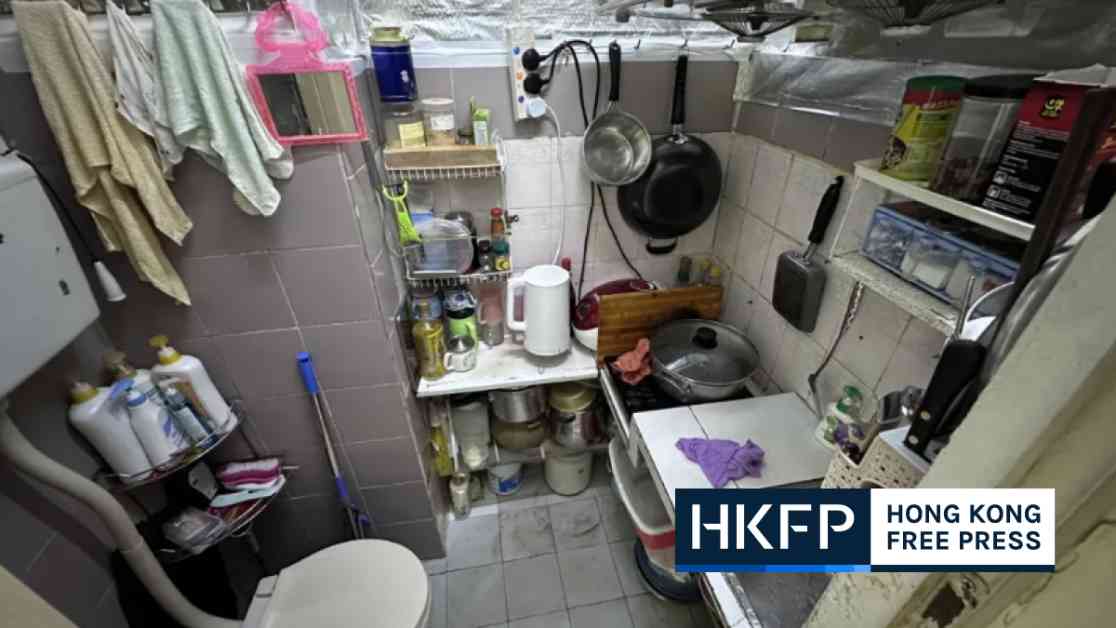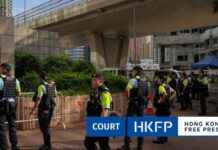The Democratic Alliance for the Betterment and Progress of Hong Kong (DAB) has proposed new measures to address the issue of “low-quality” sub-divided homes in the city. According to Vincent Cheng, a legislator for DAB, the party suggests that sub-divided homes should have a minimum size of 7 square meters and a height of 1.8 meters, with separate kitchen and toilet facilities. The construction of these units should also comply with fire and building regulations.
DAB estimates that around 10,000 sub-divided units could be eliminated if the government adopts these new standards. They also recommend that all “qualified” sub-divided units be officially registered in the future, with the goal of completely eliminating substandard housing within the next two to three years.
Hong Kong is known for its high property prices, with an average waiting time of 5.5 years for rent-subsidized government flats. By 2020, there were approximately 110,008 sub-divided units in the city, including various types of substandard housing such as cubicles, bedspaces, and rooftop dwellings.
The Task Force on Tackling the Issue of Subdivided Units, led by city leader John Lee, aims to eradicate these low-quality units. However, concerns have been raised by the Society for Community Organization (SoCO), a local NGO, about the impact of these new regulations on the families living in sub-divided units. SoCO suggests that landlords of “low-quality” units be given time to renovate or rebuild the properties, and that tenants who have applied for public housing be prioritized for subsidized units.
Without a proper resettlement plan in place, SoCO warns that tenants may be forced to move to other illegal sub-divided units. The group has proposed nine conditions to evaluate the quality of a sub-divided unit, including factors such as floorspace, ventilation, and the number of units within a property.
As Hong Kong moves towards eradicating substandard housing, it is essential to consider the impact on the vulnerable populations living in these conditions. With proper planning and support, the city can work towards providing safe and adequate housing for all its residents.



















